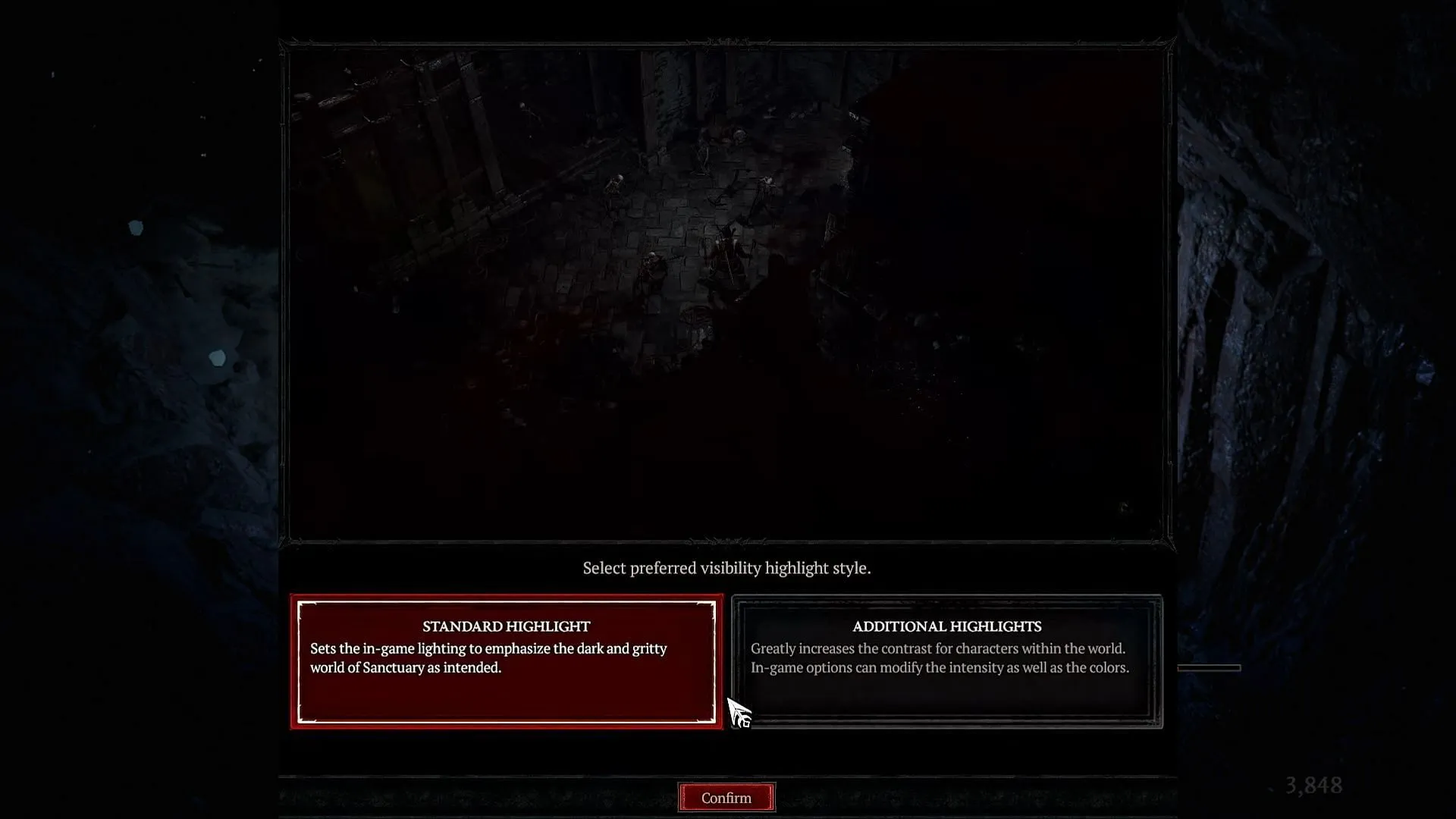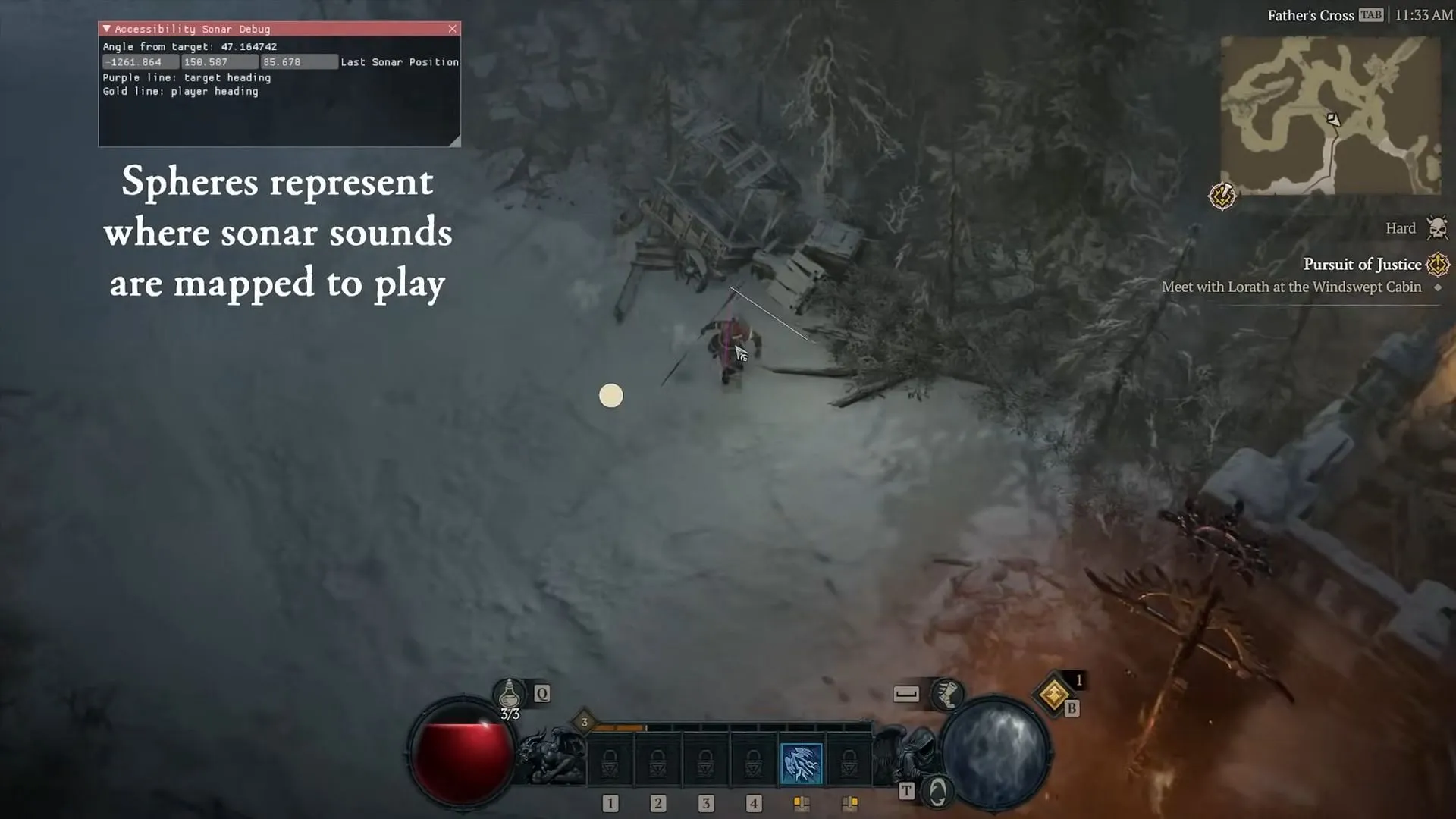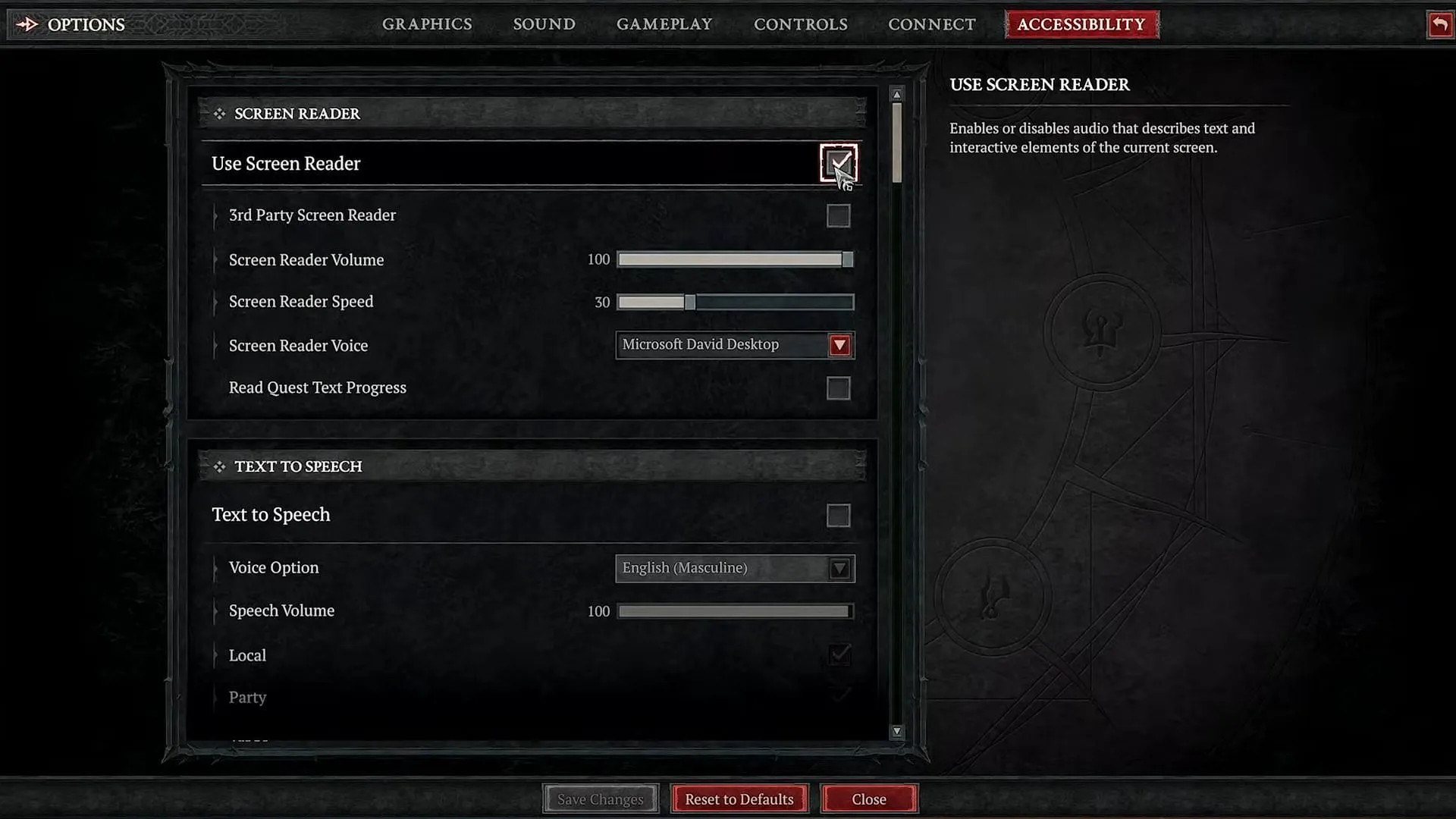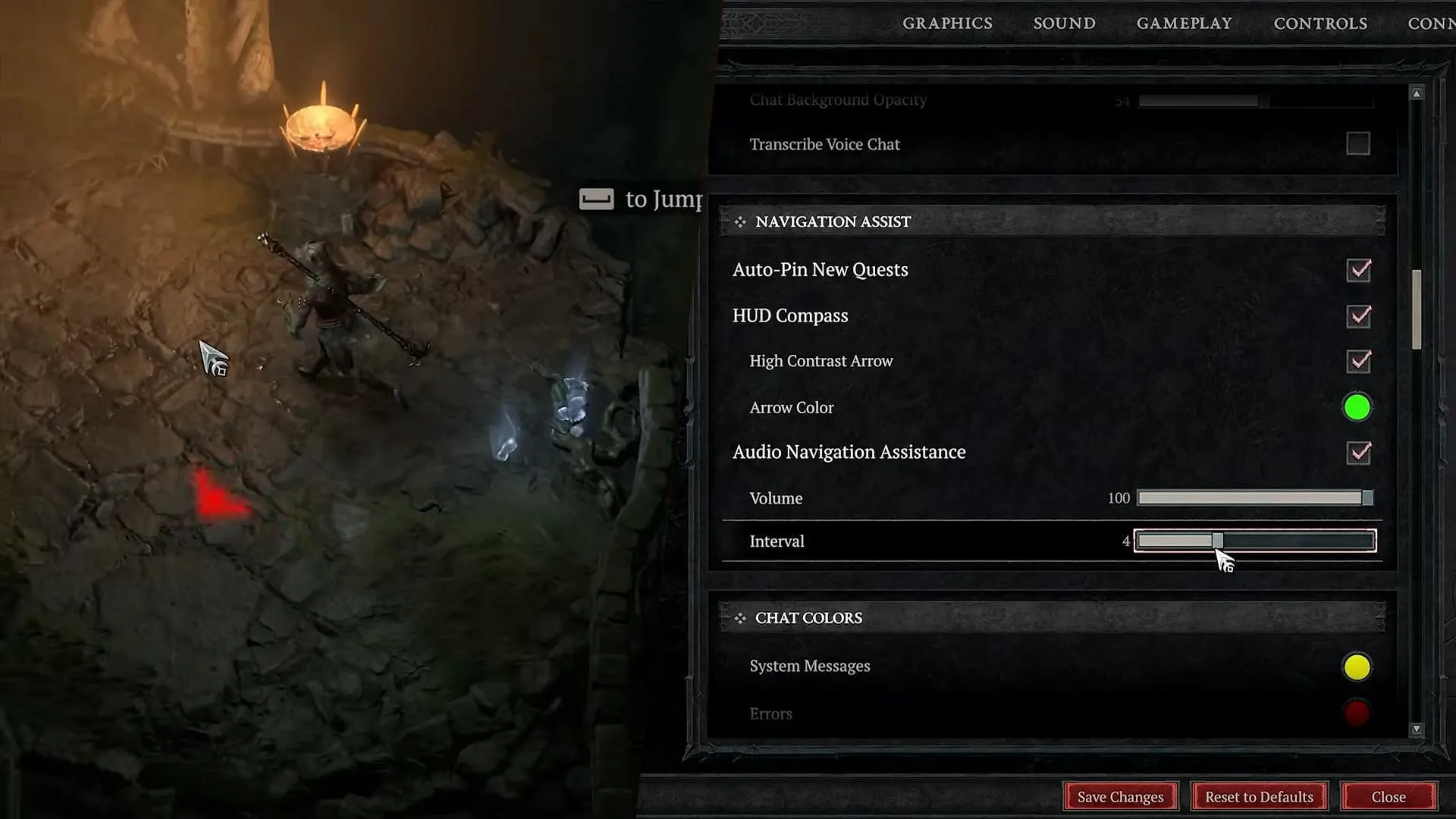With its menacing atmosphere and compelling gameplay, Diablo 4 has not only revitalized the ARPG genre but has also made significant strides in accessibility. As the gaming industry shifts towards inclusive design, Diablo 4 emerges as a benchmark for empowering players with disabilities to tackle even its most formidable content, such as Uber Lilith, the apex of in-game challenges.
The game’s integrated accessibility features—like real-time audio updates for health and barrier statuses—provide critical feedback, allowing players to compete on an equal footing. However, it’s important to recognize that success in this environment is rooted in player skill and strategy, rather than mere reliance on tools.
Tyleniphe “Ty,” who experienced a loss of vision at an early age due to optic nerve atrophy from hydrocephalus, confronted a gaming landscape that typically excluded individuals like him. For years, he depended on assistance from others to navigate games, a circumstance driven not by a lack of ability but by insufficient accessibility measures. Nonetheless, Ty adapted, honing his methods to overcome the barriers in each title he played. With the advent of Diablo 4’s robust accessibility features, he didn’t just play the game — he made history.
In an extraordinary achievement for the ARPG community, Tyleniphe became the first blind player to conquer Uber Lilith in Diablo 4. Relying exclusively on auditory cues and feedback from a screen reader, he demonstrated that high-level endgame content is accessible to anyone with the right support tools.
Watch Ty’s inspiring journey here
Let’s delve into how Diablo 4’s accessibility features are revolutionizing gaming for all players.
Diablo 4: Pioneering Accessibility That Works

In contrast to many games that treat accessibility as an afterthought, Diablo 4 embeds these features into its core gameplay. It now boasts over 50 accessibility options, available for blind, low-vision, physically challenged, and neurodivergent players alike.
These options transcend simple checklists — they represent transformative systems that enable authentic progression, competitive experiences, and achievements in endgame content.
1) Audio Navigation: A Sonar System for Blind Players

Among Diablo 4’s most remarkable innovations is the audio navigation system, tailored specifically for players who cannot see the screen. This “sonar” system allows users to set waypoints on the map and follow layered audio cues to reach their targets.
Instead of disorienting beeps or harsh tones, this system employs intricately designed sound layers to indicate direction and distance. Players will find these cues increase in strength as they near their objectives, enabling a seamless exploration of Sanctuary without visual aids. Through this feature, blind gamers are empowered to complete the campaign and achieve similar milestones as those with full sight.
2) Screen Reader Support: Seamless Gameplay Without Sight

Unlike cloud-based screen readers that exhibit delays, Diablo 4’s built-in solution provides immediate feedback, allowing for engaging and uninterrupted gameplay.
By utilizing customized screen layouts and strategic planning, players leveraging the screen reader can navigate vendors, dungeons, and gear configurations with remarkable ease.
3) Auto-Pinning and Navigational Compass: Facilitating Exploration

Exploring the expansive world of Sanctuary can be daunting; however, Diablo 4 simplifies this process through features like auto-pinning, which automatically marks quest objectives, removing the need for manual map navigation.
Moreover, the compass provides subtle yet effective directional guidance, supporting players who may find traditional maps challenging to use. Together, these tools promote a more immersive experience, especially for blind and low-vision players engaged in quests and events.
Real Players, Real Progress: Empowering Blind Gamers in Endgame
The ultimate measure of accessibility is the ability for players to take part in high-level content across the game, and Diablo 4 delivers on this promise. Numerous blind players, including members from renowned groups like Sightless Slayers, have triumphed over Uber Lilith solely relying on the game’s built-in accessibility features and their own gaming skills.
These accomplishments are not staged; they represent authentic achievements earned through dedication, preparation, and skillful execution — precisely how the game was intended to be played. Accessibility in Diablo 4 emphasizes the view that it’s not about making tasks simpler but rather about making them achievable for everyone.
5) Community-Driven Design: A Collaborative Approach

What distinguishes Diablo 4 is the close collaboration between developers and the community during the accessibility features’ development. Feedback from accessibility testers, advocacy groups, and blind gamers significantly shaped tools that feel instinctive and responsive. Brock Davis, the Associate Test Analyst for Diablo 4, was integral to crafting these features tailored for players with disabilities.
Each option has been meticulously refined through rigorous testing and direct input from users, ensuring it transcends mere compliance to deliver meaningful player empowerment.
Why Diablo 4 Sets a New Standard for Accessible Gaming
Diablo 4 has elevated expectations not merely by integrating accessibility features but by rendering them essential to the game’s design. With support for audio navigation, responsive screen readers, automatic quest markers, and customizable controls, the game exemplifies the harmony between inclusion and competitive play.
This success story signals a transformation within the industry, prompting other studios to adopt similar inclusive practices across various genres.
Check out this video for more insights
Accessibility in gaming transcends mere option augmentation; it is about dismantling barriers and fostering an inclusive environment. With Diablo 4, blind players and those with different abilities are not only engaging but excelling in gameplay. From completing campaigns to defeating Uber Lilith, their achievements validate the potential of inclusive game design.
As the movement toward accessibility continues to gain traction in the realm of gaming, Diablo 4 serves as an exemplary model of how thoughtful design, active community participation, and technological advancement can enhance lives and redefine the landscape of modern gaming.


